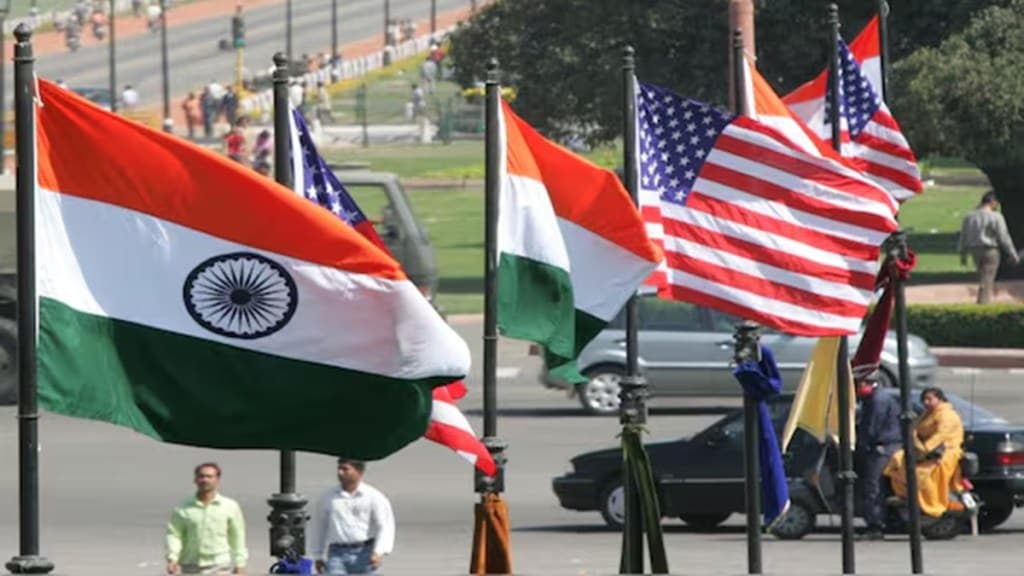Seven-day negotiations on the initial tranche of the India-US Bilateral Trade Agreement (BTA) that concluded here on Tuesday dwelt at length on liberalisation of digital services.
The discussions also focussed on market access in goods and services trade, sanitary and phytosanitary measures, technical barriers to trade, customs and trade facilitation, and legal framework, an official said.
As part of the negotiations for the BTA, a US delegation led by the assistant US trade representative held discussions with their Indian counterparts from June 4 to 10.
The US delegation’s visit followed the productive discussions in May when commerce and industry minister Piyush Goyal led a delegation to the US from May 17 to 22. Goyal had held meetings with US secretary of commerce Howard Lutnick and US trade representative Jamieson Greer.
“The negotiations held with the US side were productive and helped in making progress towards crafting a mutually beneficial and balanced agreement including through achievement of early wins,” the official said, adding that the negotiations will continue for the speedy conclusion of the initial tranche of the BTA.
While the dates of the next physical meeting have not been fixed, the officials from both sides will continue to engage by other means on the deal.
Traditionally, India has been wary of inclusion of digital trade chapters in its trade agreements. The India-UAE free trade agreement (FTA) in 2022 was the first one that had a detailed digital trade chapter. A similar chapter has also been made part of the India-UK FTA that was sealed last month.
In the Trade and Economic Partnership Agreement with the European Free Trade Association, digital trade is addressed through provisions related to e-commerce, cross-border data flows and consumer protection.
The US has special interest in digital trade and its digital services providers have often flagged restrictions on cross-border data flows and competition policy as a hindrance in operating in India.
Sanitary and phytosanitary measures deal with measures to protect human, animal and plant health from food-borne risks, animal or plant carried diseases and pests. Technical barriers to trade deal with technical regulations, standards and procedures to comply with sanitary and phytosanitary measures. The farm sector is the one that is covered by these regulations. Customs and trade facilitation involves streamlining the procedures and process in trade.
Through the initial tranche of the BTA India is trying to avoid the full application of reciprocal tariffs that were announced by the US on India on April 2. Additional tariffs of 26% on India were announced by US President Donald Trump, but have been put on hold till July 9. Now Indian exports attract only 10% additional baseline tariffs. The reciprocal tariffs will be implemented after July 9 by the US on all its trade partners with whom it fails to reach any trade agreement or understanding.
During the India-US Leaders’ Summit on February 13, both nations reaffirmed their commitment to deepening trade ties with a new ambition to more than double bilateral trade to $500 billion by 2030.
To realise this vision, the leaders announced plans to negotiate the first tranche of a mutually beneficial, multi-sector BTA by the autumn of 2025.

